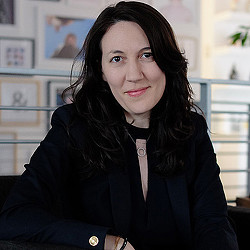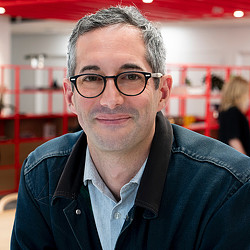Driving Inclusivity in Digital Content
July 07, 2022 | By Sarah DiLeo, Nick Hubbard, and Bonnie Reese
Digital content is everywhere, but often it isn’t designed for everyone. Of the many transformative discoveries precipitated by the collective social reckonings of recent years, one of particular interest to us has been a heightened awareness among corporations and cities that the true diversity of their communities may not be reflected in the large-scale digital experiences they’ve built. As a result, we see entities beginning to identify inclusivity as a goal — and even a criteria — for new public installations and the creation of digital content.
Given Gensler’s role as an industry leader in digital experience design for the built environment, and our many engagements with clients seeking to increase the inclusivity of their projects, we believe we have a mandate to examine our own practices, as well as to determine how we can best serve our clients in this endeavor and provide informed guidance. We know that the goal of achieving inclusivity in any arena can be thwarted by insufficient tools, commitment, or insights. So last year, we set out to gather a holistic, complex understanding of how digital content can be inclusive. We focused on three key areas:
- What are the unique ways that members of the public may feel included or excluded by digital installations?
- How might our design process engender creative work that speaks to a broad audience? What are the best practices we should embrace?
- What role does and should context play in defining an approach and vision for the digital content?
We engaged an array of diverse content creators — experts who work with digital content from many angles — to collaboratively explore these topics, shaping a shared perspective on how we can evolve both the way we work, and the work itself. Here is what we heard.
INSIGHTS
Performing inclusion to check a box rings false; authenticity is a commitment.
It may be easy to cast diverse faces, but it’s challenging to create something authentically inclusive. Honest efforts to make content inclusive require a commitment to seeking out expertise and discoveries that often challenge our assumptions. Missteps are possible, but we heard that genuine attempts to get it right are preferable to grander performative displays.
Assuming a sincere commitment on the part of all stakeholders to designing an inclusive experience, where should one start? Examine the context.
Context isn’t incidental, it’s crucial; it impacts who can experience the content and how they connect to it.
No experience can be agnostic of context; considering it is a central aspect of aiming for inclusivity. Change the context of an experience, and you change its meaning and interpretation. Our experts asked us to look at context honestly from all angles — the place, the moment, the brand, the purpose — and flagged that without informed consideration of these, the experience can miss its mark. Another common point of exclusion is that digital experiences tend to be built in certain cities or behind gatekept walls. One prompt for better practice? Democratize access and bring the work out into everyday life for more people.
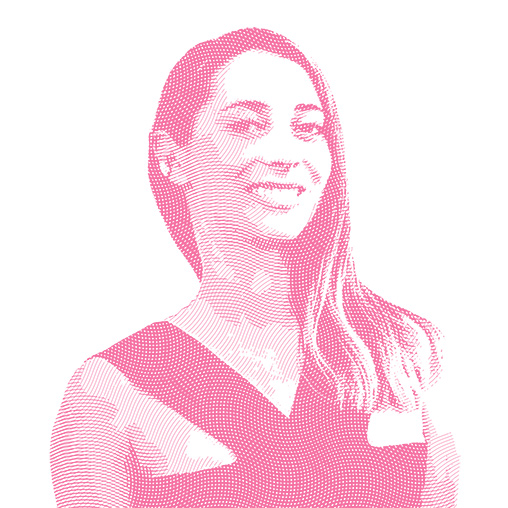
Once you’ve explored the implications of your context, you need to consider your team — who can and should tell the story?
Inclusivity in content extends to the creators, subjects, and the creative process.
Creative teams designing content implicitly impact the authenticity of stories. Whenever possible, fit for inclusivity should be assessed along with standard factors like skillset and client relationship. In the absence of a team representing appropriate breadth, input from experts or community voices is essential to draw on lived experience that’s relevant to the story you want to tell and the audience you want to serve.
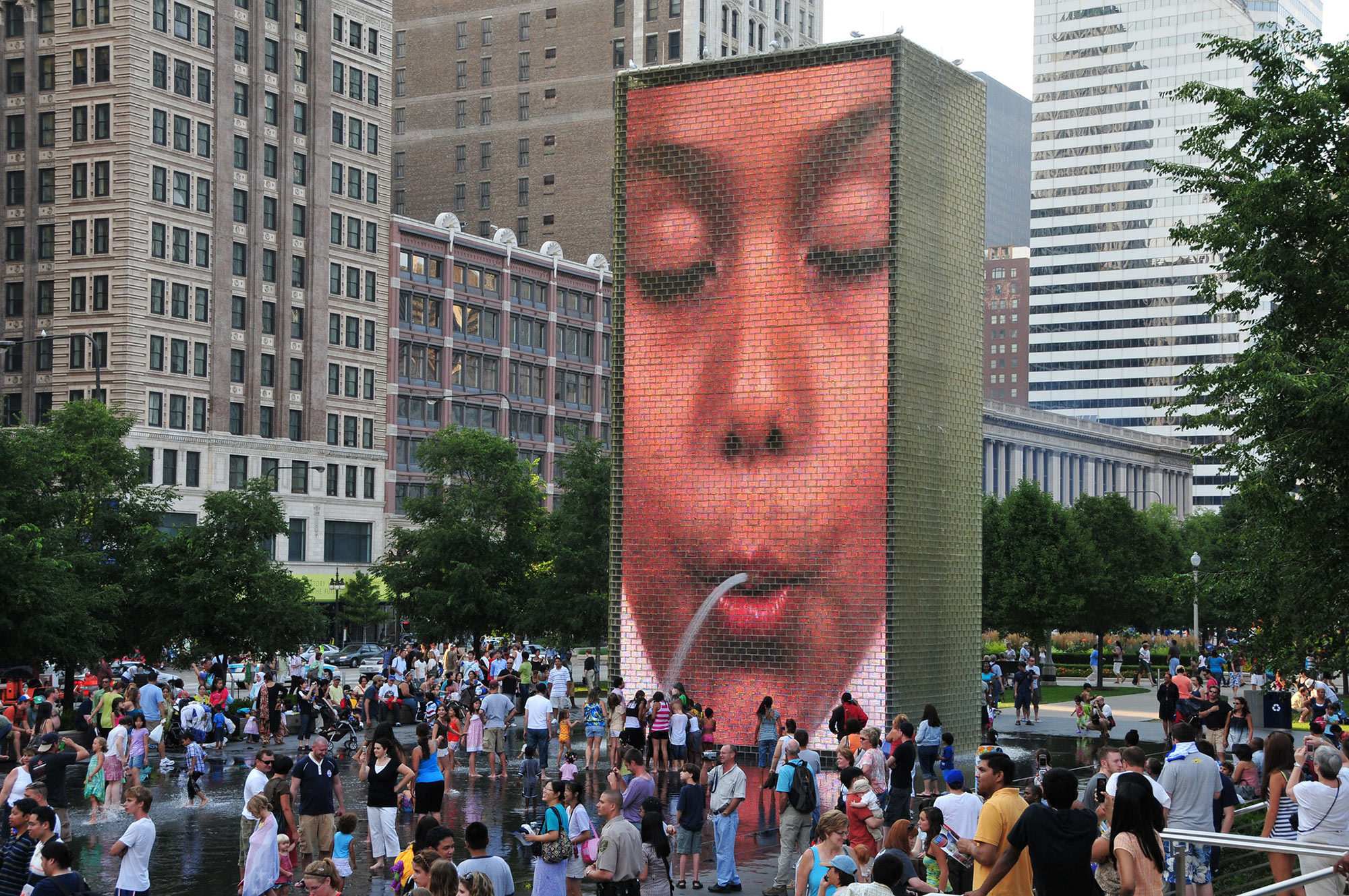
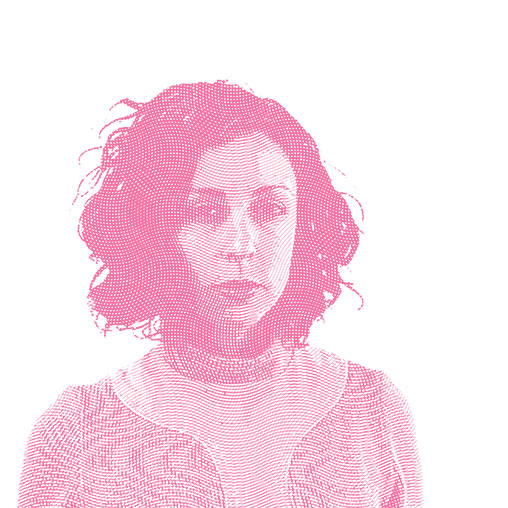
Purpose, context, team, and process — when approached with a commitment to inclusivity, what does it all yield?
The most resonant content sparks curiosity, exploration, and ongoing conversation.
We heard that when questions are posed to the audience through the content, and best of all when they are able to contribute directly to the content and know that the words, images, or data literally represent them, they are more engaged in what others have added, and more open to the ideas provoked by a collaboratively produced experience.
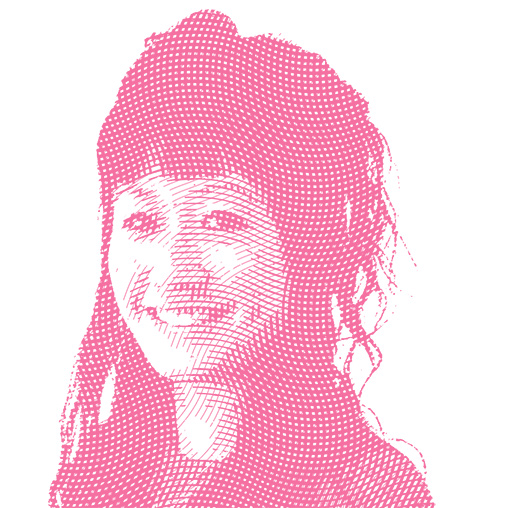
Multi-layered experiences enable people to determine their own relationship to the content.
Too often, digital content addresses audiences on a single axis of engagement. But the same story can be told with varying levels of information, diverse sensory modalities (including audio and touch), and parallel lenses of experience (aesthetics, identity, education). By providing multiple points-of-entry, and giving audiences agency in navigation, the potential audience at any given time expands and content may transcend the historical biases implicit in visual media.
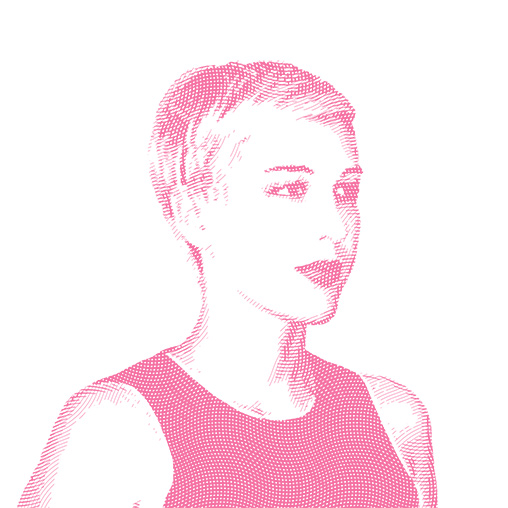
CONCLUSION
We have shared the key learnings from our research – the importance of authentic purpose, a diverse team, community engagement, and content that engages across multiple identities and experiential dimensions – with the goal of providing a potential starting point for digital content creators and design teams who operate in the built environment to address the goal of inclusivity in their work. These are not a panacea – simply ideas and tools that can contribute to our shared goals.
Above all, we wish to emphasize the necessity of continuing to ask hard questions, seek out diverse perspectives, challenge assumptions, and embrace the complexity inherent in striving to create inclusive experiences.
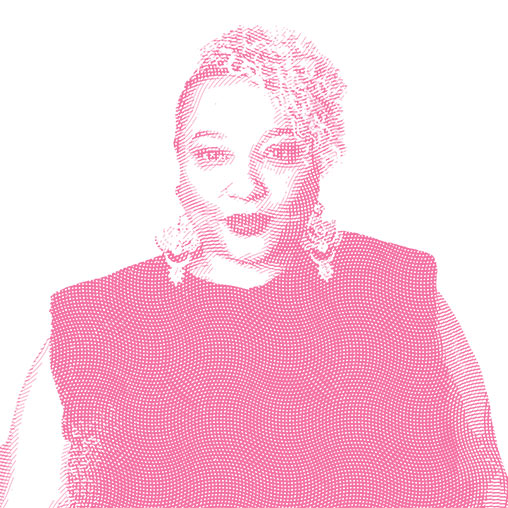
What if people start thinking about equity not with their intellectual mind, but with their humanity? What might change in the world?
For media inquiries, email .

